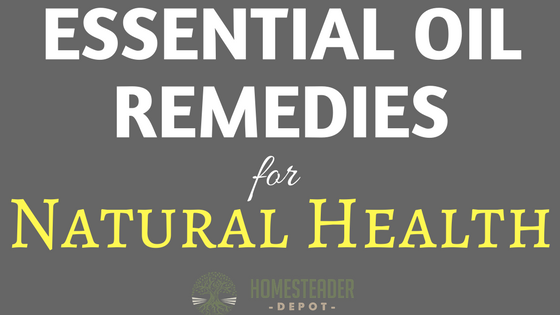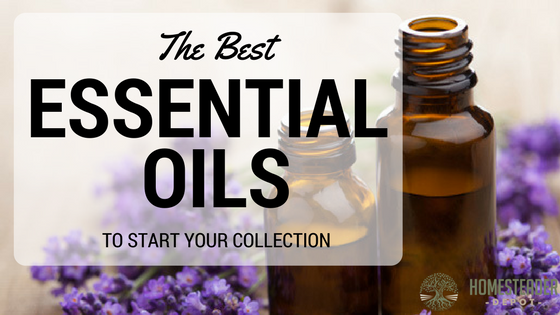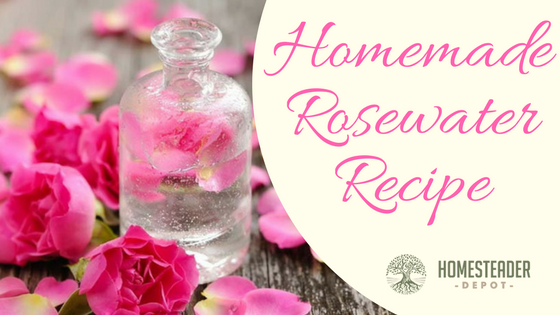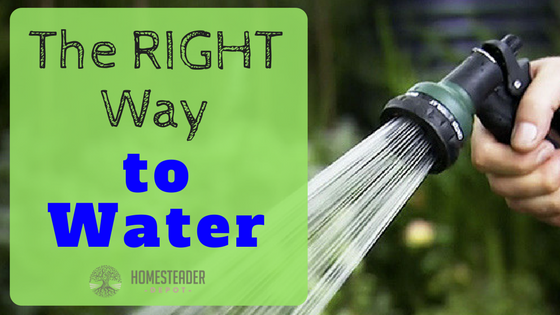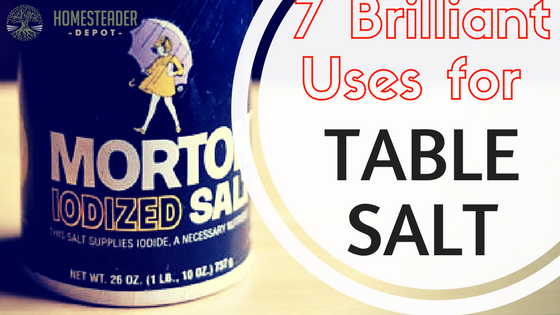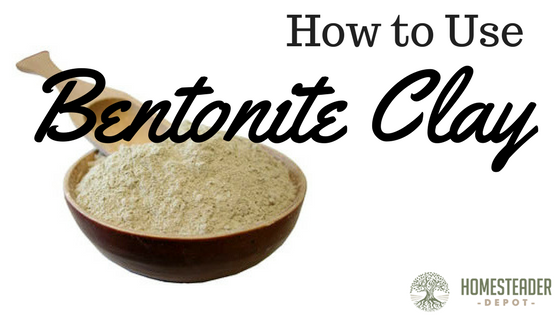Essential Oils for Natural Health (Infographic)
I recently shared some recommendations for the best essential oils to start your collection. I found this infographic on Pinterest the other day though and I thought it was an excellent cheat sheet for natural remedies for common maladies and health issues. Some of these remedies use the foundational essential oils I had on this … Read more

